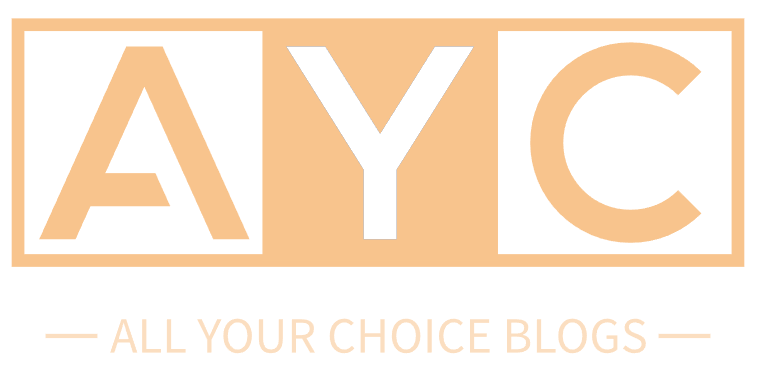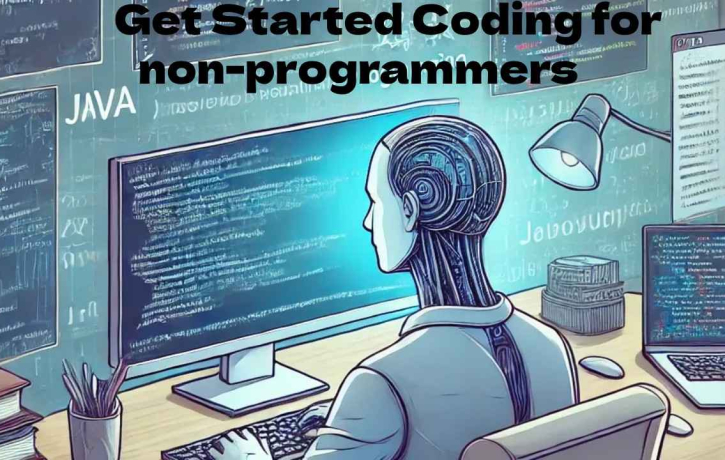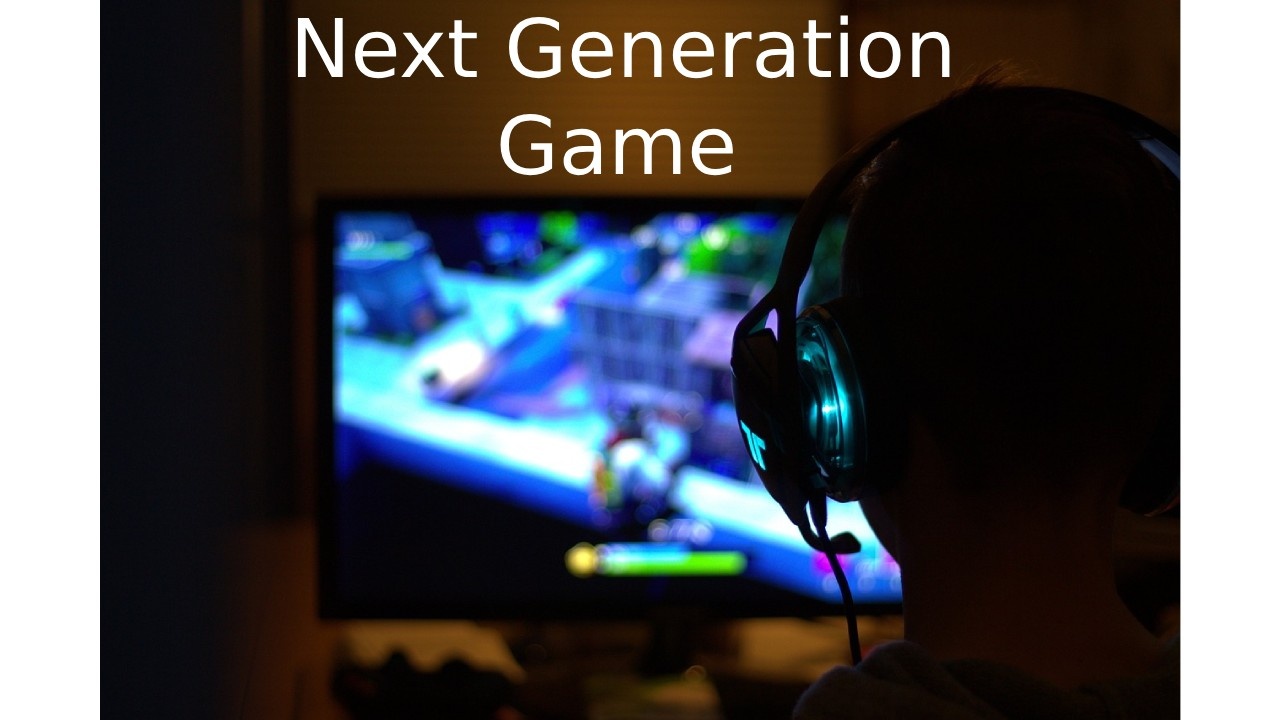How to Get Started with Coding: A Guide for Non-Techies
If you ever considered learning how to Get Started Coding for non-programmers but were intimidated by technical terms or daunted by the prospect, you’re in good company. The good news is that coding isn’t for “techies” alone. Anyone can learn to code, no matter their background or experience. In this guide, we’ll take you through the fundamentals of how to get started coding, whether you’re looking to create a website, work with data, or simply learn how the technology that surrounds you operates.
Why Learn to Code?
Before diving into the “how,” it’s worth knowing the “why.” Coding can unlock new doors, both personally and professionally. Some of the reasons why learning to code is worth it include:
Problem-solving abilities: Programming allows you to dissect difficult problems and identify solutions.
Career adaptability: More and more careers, from marketing to medicine, are turning to coding as a requirement.
Empowerment: Code knowledge enables you to have a better understanding of the technology you’re using daily and enables you to own your own project development.
Creativity: Coding isn’t purely logical—it’s also about making new things and creating your own ideas.
Step 1: Choose Your Learning Path
Before you start, consider what you are most interested in. The route you take will depend on what you want to do. These are some of the most popular routes:
Web Development: Creating websites and web apps (learn HTML, CSS, JavaScript).
Data Science: Examining data, visualizing patterns, and making informed decisions based on data (learn Python, R, or SQL).
App Development: Creating mobile apps for iOS or Android (learn Swift or Kotlin).
Game Development: Building video games (learn Unity or Unreal Engine using C# or C++).
Take a moment to determine which area speaks to you. Don’t stress about choosing the “perfect” path—coding skills are interchangeable, and you can always make a change later.
Step 2: Begin with the Basics
After you’ve decided on your route, it’s time to begin learning. As a novice, you’ll want to begin with the fundamentals of coding. Here are some fundamental concepts to familiarize yourself with:
Variables: A means of storing data (such as numbers or text).
Data Types: Familiarity with various types of data, including integers, strings (text), and booleans (true/false).
Loops: Doing things over and over again without writing the same code over and over.
Conditionals: Deciding things in code using if-else statements.
Functions: These are the Building blocks of code that can be reused to accomplish particular tasks.
For instance, when you’re learning Python, you could begin with a basic program such as:
Step 3: Select the Proper Learning Material
There’s plenty of learning material out there for beginners, and the correct resource can mean a big difference in how rapidly you learn to code. Some of the most popular methods include:
Online Courses: Websites such as Coursera, Udemy, edX, and freeCodeCamp provide sequential courses, and some of these are available free of charge.
Interactive Platforms: Sites such as Codecademy, Khan Academy, or LeetCode offer in-the-code lessons that walk you through problems sequentially.
Books: There are a lot of code books for beginners, such as “Python Crash Course” or “Automate the Boring Stuff with Python.”
YouTube Tutorials: YouTube contains a plethora of coding tutorials for beginners where you can work through actual projects.
For complete beginners, sites such as freeCodeCamp and Codecademy are excellent as they enable you to code in the browser itself, so you don’t have to install anything.
Step 4: Practice, Practice, Practice
The secret to mastering coding is regular practice. Similar to learning a musical instrument or a foreign language, you’ll have to develop muscle memory and confidence.
Practice Coding Challenges: Sites such as HackerRank or Codewars offer exercises that allow you to practice what you’ve learned.
Build Small Projects: Begin with small projects, like a to-do list, a basic calculator, or a personal blog. This reinforces your learning and makes coding more rewarding.
Join Coding Communities: Sites like GitHub, Stack Overflow, or Reddit’s /r/learnprogramming are excellent for asking questions, sharing your work, and receiving feedback.
Step 5: Don’t Be Afraid to Make Mistakes
Keep in mind that errors are all part of learning. While you’re coding, you’ll get errors, and that’s completely fine. Debugging is a skill that takes time to master. The more you code, the more accustomed you’ll get to spotting and resolving errors in your code.
Here’s a useful approach when faced with errors:
Read the error message: It usually indicates precisely what’s wrong.
Search online: Chances are, someone else has faced the same issue. Platforms like Stack Overflow are full of solutions.
Break the problem down: If something’s not working, try to isolate the issue and test each part of your code step by step.
Step 6: Stay Motivated
Get Started Coding for Non-Programmers. Learning to code can be challenging, especially in the beginning. Here are a few tips to stay motivated:
Break goals into bite-sized pieces: Don’t try to learn it all at once; set mini goals such as “Complete this course” or “Finish this project.”
Pat yourself on the back: Celebrate every time you complete a project or figure out a problem.
Get a learning buddy: It’s always more fun and engaging with someone learning alongside you.
Don’t do it in one sitting: It takes time to learn to code. Relax, be good to yourself, and enjoy the process.
Conclusion
Learning to Get Started Coding for non-programmers might seem daunting, but it’s possible with the right mindset and resources. Start small, be consistent, and remember that every coder, no matter how experienced, was once a beginner. By following these steps—choosing the right learning path, mastering the basics, practicing regularly, and staying motivated—you’ll soon gain the skills and confidence you need to code like a pro.





